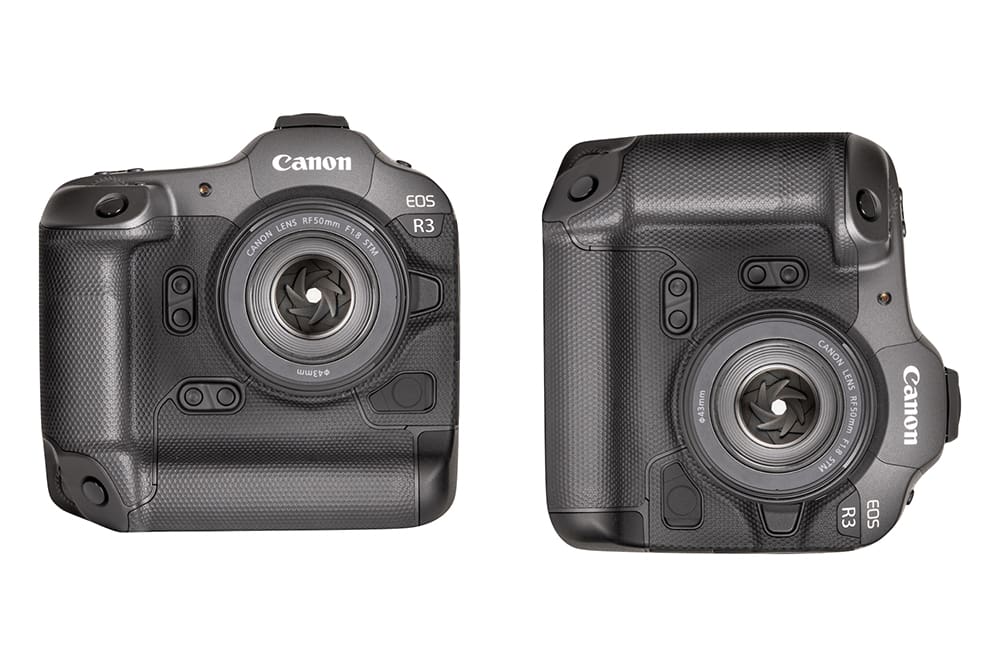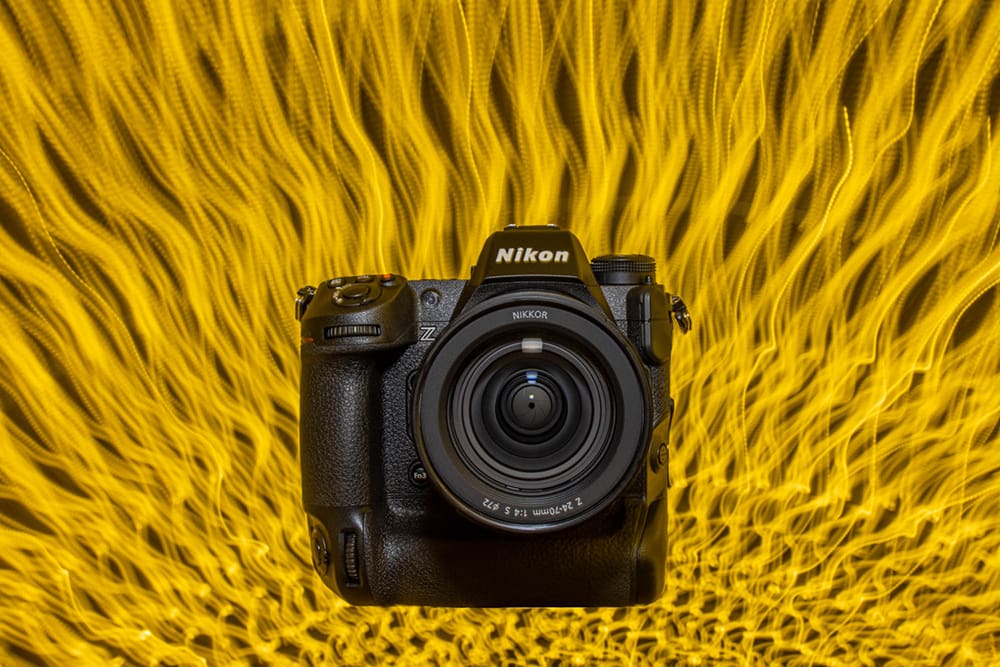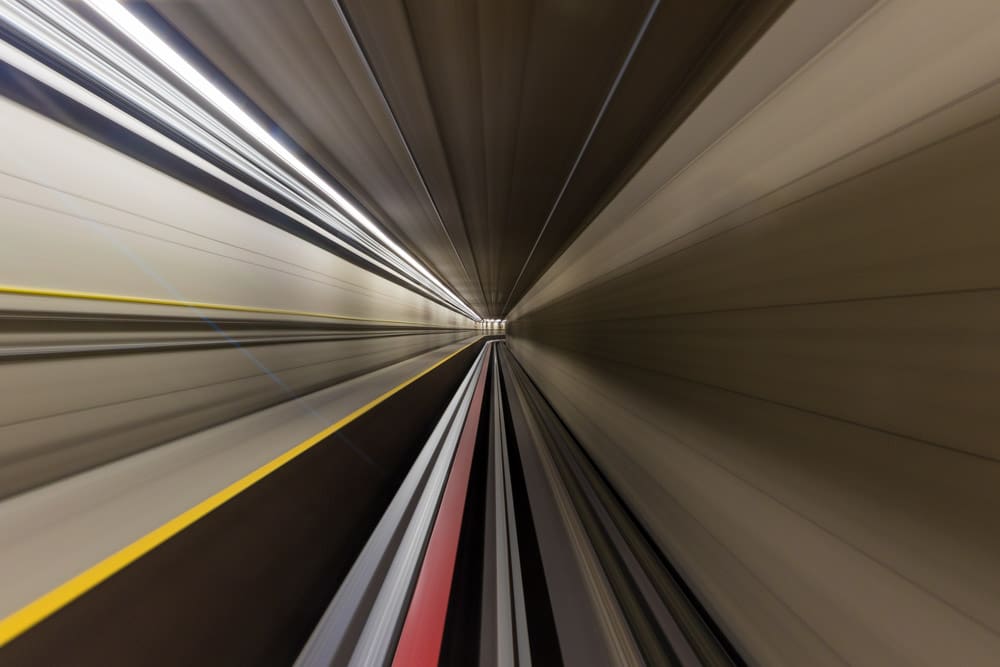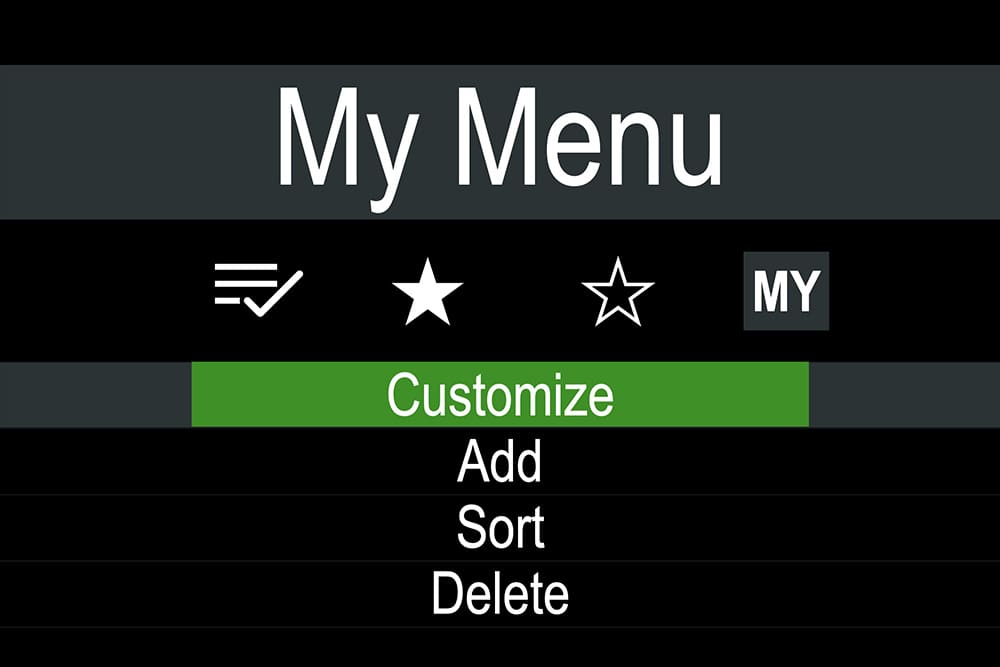Two new camera features have recently been brought forth with firmware updates to the Canon R3 and Nikon Z9 cameras, unlike anything I’ve seen before. It’s pretty rare these days to see completely new features so I’ve taken notice and maybe you should too.
Canon created a new feature called “Panning Assist” and added it to the R3 which makes perfect sense as it is orientated for sports and action photography. Nikon has added numerous firmware updates and to its flagship Z9 model since its original release and Auto Capture may be the most significant new feature so far.
I realize that these features aren’t for everyone, and they likely aren’t on the camera you own today, but that may soon change. I think it’s worth taking a closer look at to see if they’re something that might improve or expand the quality or range of what you can do with a camera. I’ll provide a brief synopsis here and more fully discuss them, with examples, in my firmware update videos added to the Canon R3: Complete Camera Guide and the Nikon Z9: Complete Camera Guide classes. If you own these classes, follow our download instructions to get access to your bonus videos.
Auto Capture [Nikon Z9]
The big new feature in firmware update 4.00 to the Z9 is Auto Capture, a feature that will trigger the camera based primarily on one of three subject criteria: distance, movement, or subject detection. To further refine the capture process there are five more parameters in which you can specify exact settings that must be met before the image is captured.
- Advanced motion will allow you to specify the speed and size of the subject you want to capture.
- Advanced Subject detection allows you to specify the type or range of subjects (people, animal, vehicle) and their size in the frame.
- Advanced Distance is used to set a minimum and maximum distance.
- Target Area gives you the ability to cordon off areas of the frame you don’t want the camera to pay attention to.
- Timing options set the range of how long the camera will shoot for and the wait time before it begins to shoot again.
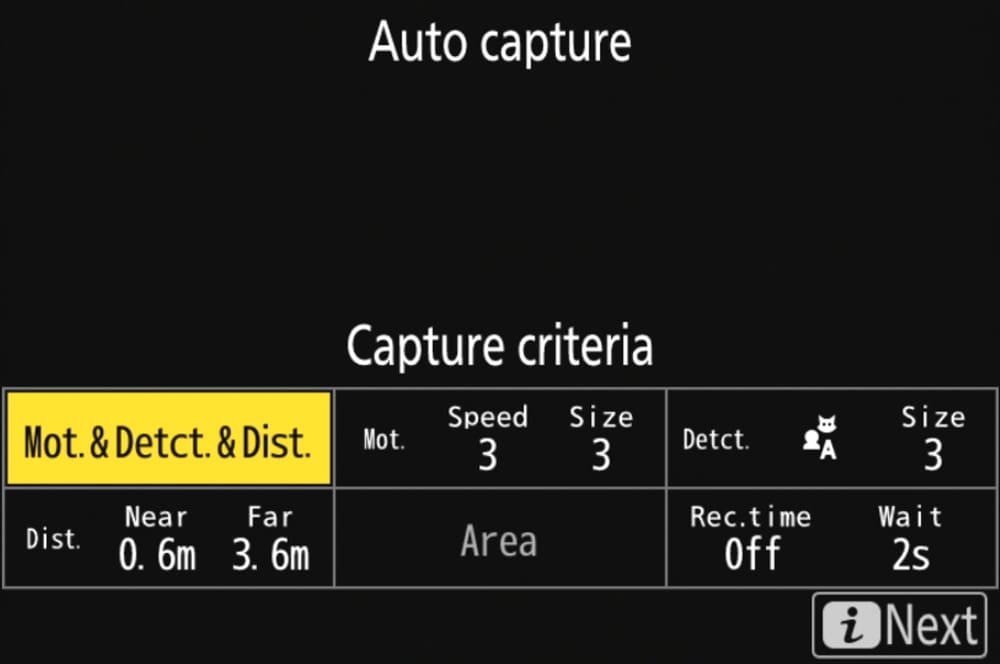
The two main genres that this feature seems to be targeting is sports and wildlife.
For the sports photographer this will provide for a new creative shooting option or the ability to have more coverage by being in two places at once. The camera will be able to be placed in a remote location that may be too dangerous or too difficult to get to.
I could imagine setting up a camera at the finish line of a race to capture every participant that crosses the line while I use a different lens to capture a different point of view. I’ve always wrestled with point of view options when I know there is more than one good shooting location and this feature would allow me to pursue two good ideas at the same time.
To the wildlife photographer this will take the concept of the trail camera-trap and give it a turbo boost. Thanks to various settings, photographers will be able to choose an exact set of parameters that must be met for the camera to trigger a capture.
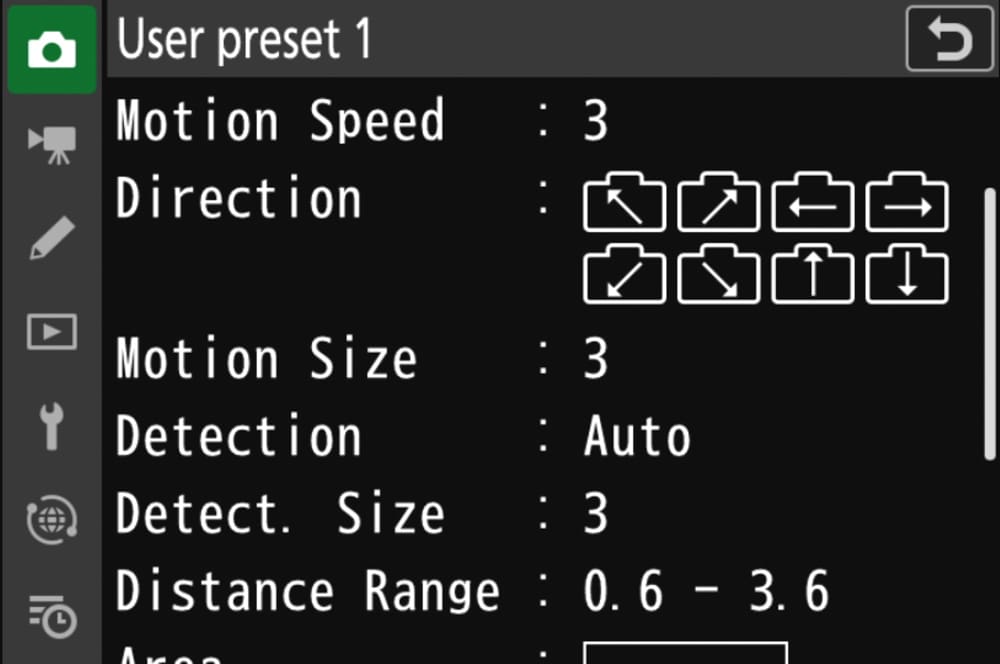
With such a revolutionary new feature I expect to see a great number of innovative uses in the near future. There’s more to this feature that I explain in my firmware update video for the Nikon Z9: Complete Camera Guide. This update is free for anyone that has purchased the full class. Check out our download instructions page for more information on how to login and access your classes.
Panning assist [Canon R3]
Anyone that knows me, knows I love a good panning shot. I love these images because they represent a unique moment between subject and photographer which makes them more than a little special.
While leading tours in Cuba I would always lead a group of early risers to one of the best panning locations in the world. (I’m not sure if that’s a thing, or not, but it is now!) We would practice our panning on the sidewalk as the classic taxis of Havana were cruising the streets. The mix of subject quality, colorful background, shooting distance and the light of the early morning made for photographic magic.

Sony A7R Mark II, Canon TS-E 45mm F/2.8 @ 45MM | f/11 | 1/8 sec | ISO 200
Panning correctly is difficult. One can easily go through a hundred shots in a couple of minutes with little to show for it. As you refine the camera settings and core techniques your hit rate goes up. For many it’s a frustrating process with sporadic rewards.
Canon’s implementation is very simple; a feature in the shooting menu called “Panning assist” with an ON/OFF setting. There are only a few criteria or limitations when this mode is used. You must use the camera’s Electronic Shutter; you need an RF lens with image stabilization (a few EF lenses will work as well); and you will be limited to 7.5 fps. Don’t be concerned, none of these issues are likely to hold anyone back.
To test this feature I went to another one of my favorite panning locations, the local velodrome for some bicycle track racing. Standing on the inside of the highly banked turn I could follow cyclists for up to 100 meters keeping constant their profile and size in the frame.
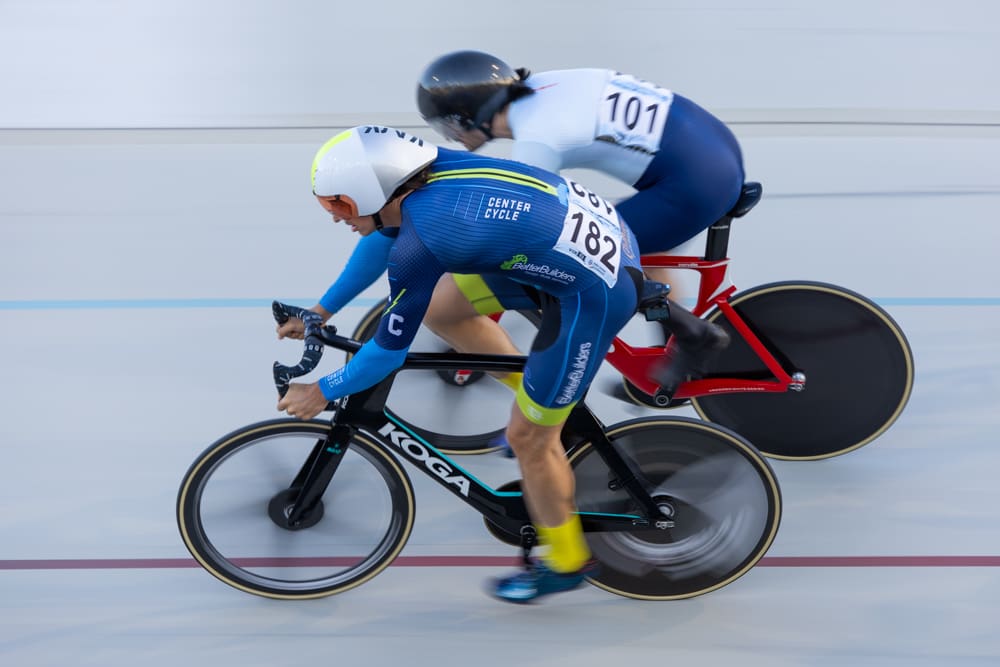
Canon R3, RF100-500mm F/4.5-7.1 L IS USM @ 300MM | f/7.1 | 1/30 sec | ISO 200
I have no idea where I truly rank in my panning abilities, but I think it’s something I’m pretty good at. I’ve been doing it a long time and I’ve worked on a number of techniques to improve my hit rate. If you are not familiar with panning you might not think I’m so good if you saw the full edit of a day of panning. Panning is by its nature a low hit rate technique. Depending on the subject, subject speed, shutter speed and a few other variables one might expect between 1% and 20% of panning attempts to be worthy of sharing with the public.
At the velodrome I shot through 2500 images, all panning shots over the course of a couple of hours. I carefully recorded when I was using Panning Assist and when it was off and the metadata kept track of the different shutter speeds I was using. I started at 1/60 of a second and worked my way down to 1/4 second. I’ve used shutter speeds beyond these for panning with other subjects, but these were the best ones for cycling on this night.
My average hit rate for a “good” image without the help of Panning Assist was 21% for the night. Canon nerd note, I was using the Canon RF 100-500mm f/4.5-7.1 L IS USM lens with the Image Stabilization set to mode 2 (for panning). When I turned the Panning Assist mode on, my hit rate went up to 36% (same lens and settings). That’s an increase of 71%!
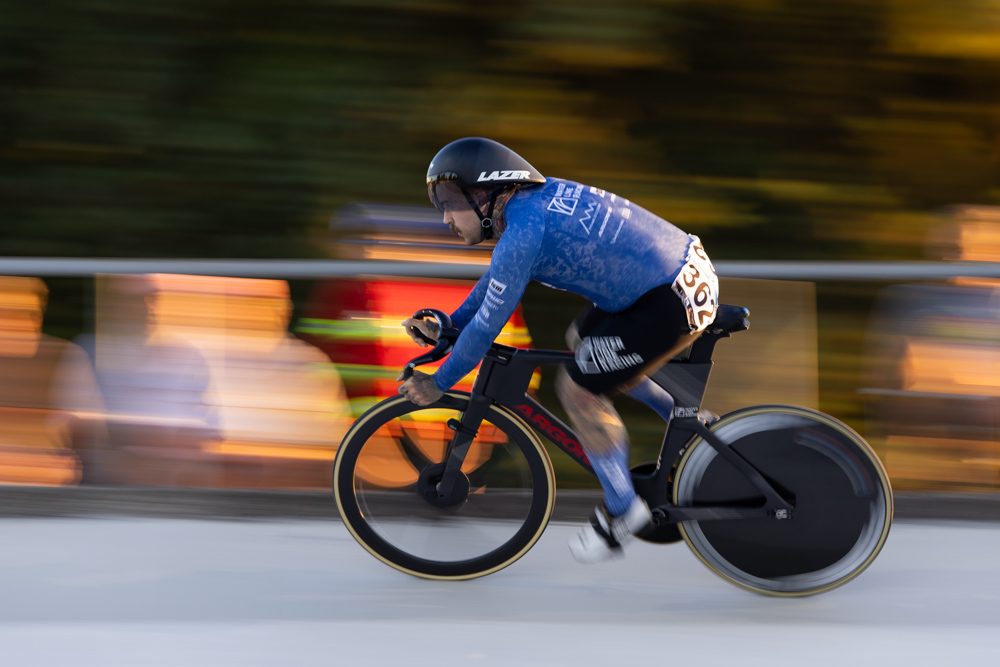
Canon R3, RF100-500mm F/4.5-7.1 L IS USM @ 300MM | f/7.1 | 1/30 sec | ISO 200
What I could determine about Panning Assist is that it will help you narrow the gap between pretty close and nailing it. If you are wildly off, or even pretty far off, it will do you no good at all. You need to be close to the mark for this feature to help you out. So technique still matters and practice still matters. If you are willing to put in the effort of proper technique, this feature will reward you with a higher percentage of keepers.
Canon seems to be a bit tight-lipped on exactly how this feature works. It would seem that the camera is analyzing data from the live view from the sensor and combining it with the in-camera and in-lens stabilization systems. New fast communication and processors in the RF system allow for more data to be read more quickly and all of that info is sent back to the dual stabilization systems for more precise tracking of you and your subjects movements. In short – it’s techno magic.
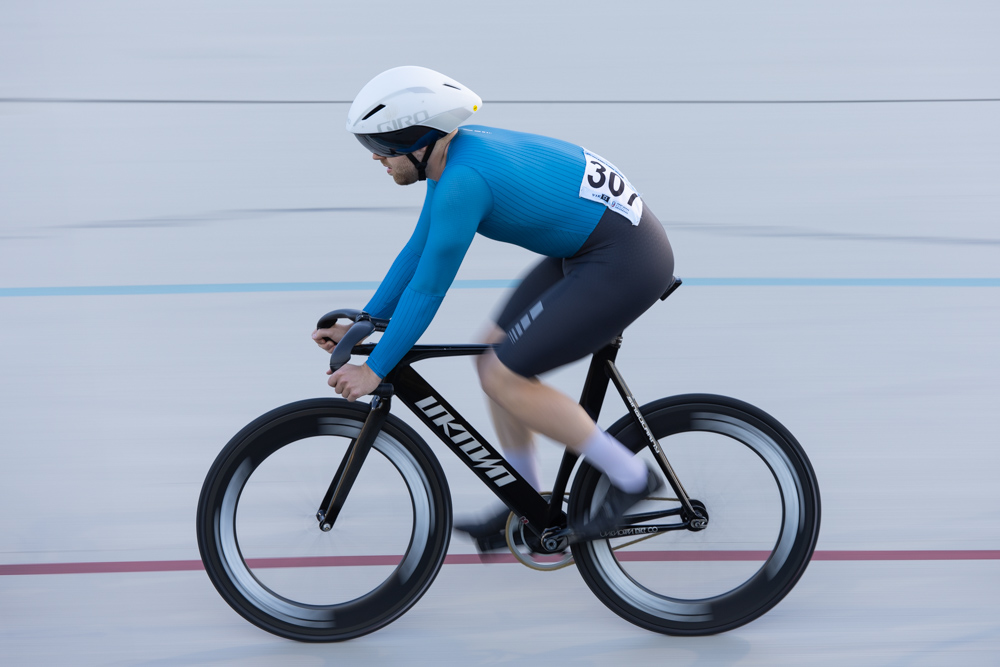
Canon R3, RF100-500mm F/4.5-7.1 L IS USM @ 300MM | f/7.1 | 1/30 sec | ISO 200
There’s lots more to this feature but I’ll leave that for my firmware update video for the Canon R3: Complete Camera Guide, free to anyone that has purchased the full class. Check out our download instructions page for more info on how to login and access your classes.
Technology that leads to art
Neither of these features are likely to change my photographic world, nor yours. But it’s worth your time to educate yourself on what’s available and how it may help you. In the photographic world, technology and art live side-by-side. If new tech can help you create new art you’re following the path of some of the greatest photographers through history.
Become part of John’s inner circle
Sign up for the newsletter here — it’s free.
Want to become a better photographer?
Check out John’s selection of photography and camera classes here.
